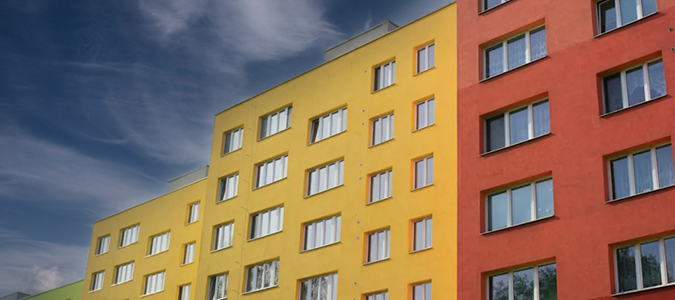Seattle voters have until Tuesday, Feb. 14 to vote on the social housing initiative, I-135
||| FROM KUOW/NPR SEATTLE ||| REPRINT AT REQUEST OF theORCASONIAN READER
If you live in Seattle and are registered to vote, you got a ballot in the mail for the Feb. 14 election. When you finally get around to opening that ballot — probably at the last minute, let’s be real — you’ll see just one item staring at you: Initiative 135 or the social housing initiative.
Initiative 135 would create a publicly owned developer that builds and preserves affordable housing. KUOW’s Joshua McNichols recently reported on some of the arguments for and against I-135.
After that story aired, we received a number of questions about the initiative. We looked into a few of those questions:
Who is in charge of the publicly funded development entity? What oversight and guardrails are built into the structure?
If passed, this initiative would create a public development authority or PDA, which is a public entity that will acquire, build, and maintain housing.
The PDA will have a governing board with 13 members, and supporters say they’re really meant to represent renters in Seattle. There are a number of requirements for who will be on the board. For example, three of the seats will be held by people who make 50% or lower of the area’s median income.
There are also requirements that a certain number of board members must have experienced housing insecurity or financial eviction.
A few other board members will be appointed by the city council and mayor. Other board members will be appointed by groups like the county labor council.
In terms of transparency, there will be open-to-the-public board meetings where budgets are discussed. Minutes for those meetings will be available to the public, too.
You can read more about the board structure on the third page of the PDA’s charter.
How do our existing housing PDAs operate? How are they financed and how do they raise money? Are we making the best use of them?
To answer this question, Soundside spoke with Chris Persons, CEO of Community Roots Housing, a PDA that works to create affordable housing in the Seattle area. They have around 50 buildings and more than 2,000 tenants.
Community Roos offers affordable housing to people who earn between 30% and 100% of an area’s median income.
Persons said that, by and large, Community Roots acts like a nonprofit organization.
“But there are some differences,” he said. “Our board meetings are open, public meetings. We’re able to issue our own bonds, which is really important aspect of being a PDA.”
Issuing bonds essentially allows a PDA to take out low-interest loans that they can pay off slowly over time. Community Roots also relies on a mix of federal funding, low-income housing tax credits, and Seattle Housing Levy dollars.
As a PDA, they have what Persons described as a special relationship with the city. Community Roots is eligible for local land transfers from the city, and their board members are approved by the Seattle City Council. However, they ultimately operate independently from the city government and don’t need city approval when making decisions.
Persons said he can’t make endorsements for initiatives because he leads a public entity, but he wonders if the social housing PDA is that much different from Community Roots.
“It’s been challenging for us to understand how it’s different than what we’re already doing, or what other PDAs that do affordable housing are already doing,” he said.
Why is mixed-income housing needed?








